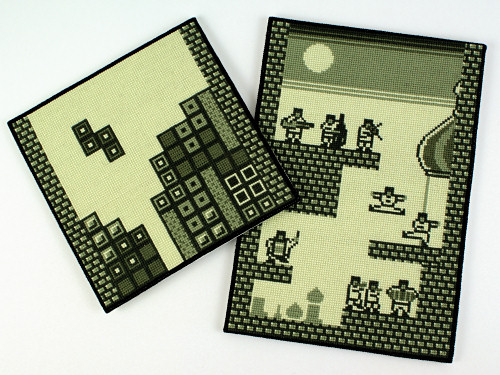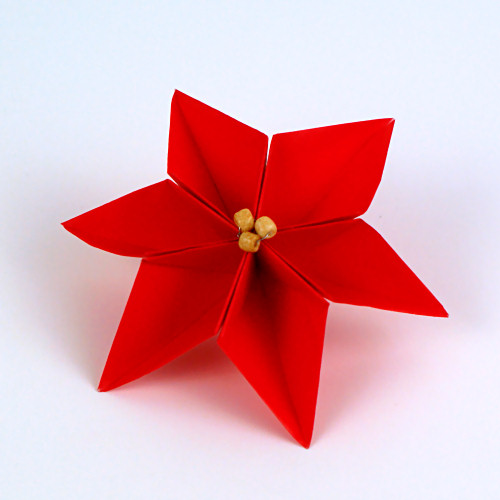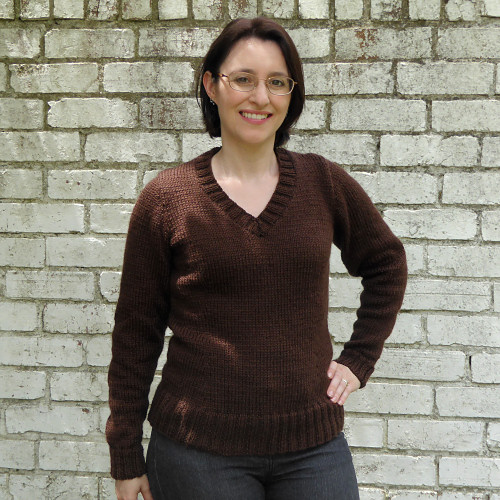
I like to have a relaxing craft project to work on over the holidays, to give me a complete break from work and designing. In December 2011, I’d hoped to do some knitting, but you have to learn to keep plans flexible when you live in Africa: the knitting needles I ordered from my local […]


















